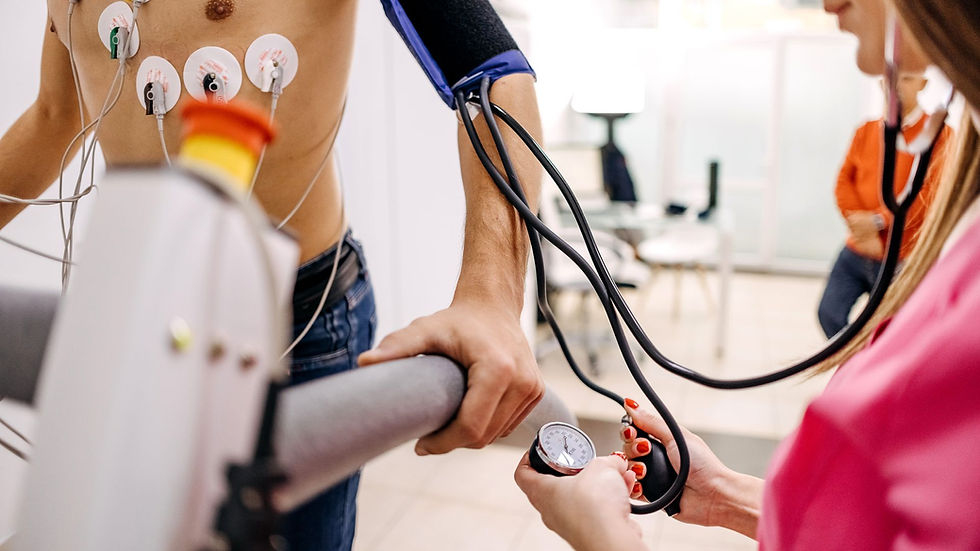Why Rest Isn’t Always Best: The Physio-Backed Guide to Active Recovery
- tim86161
- Jul 27
- 2 min read

If you’ve ever been told to “just rest” after an injury or flare-up — you’re not alone.
But here’s the truth: complete rest can actually slow your recovery.
At Body Fit Physiotherapy North Adelaide, we take an active approach to healing, built around the latest evidence. In this blog, we explain why rest isn’t always best — and what you should do instead.
🛑 The Problem With Too Much Rest
It’s natural to rest when you’re in pain. But beyond the initial inflammation phase (the first few days), prolonged rest may cause:
Muscle deconditioning
Loss of mobility
Joint stiffness
Fear of movement
Longer recovery times
Increased risk of re-injury
🧠 Studies show that early movement can reduce pain, improve function, and lead to better long-term outcomes across a range of injuries. (Ref: Van Tulder et al., 2000; O’Sullivan et al., 2016)
✅ What is Active Recovery?
Active recovery means continuing to move — but in a way that supports healing. This doesn’t mean ignoring pain. It means using modified movement, strength training, and tailored rehab to:
Stimulate blood flow
Maintain muscle activation
Restore joint control
Prevent compensatory patterns
🧠 What the Evidence Says
Low back pain: Active exercise is more effective than bed rest or passive modalities (Qaseem et al., 2017).
Tendinopathy: Heavy, slow resistance loading is key to long-term tendon adaptation (Beyer et al., 2015).
ACL rehab: Early progressive strength and neuromuscular training improves outcomes and reduces second injuries (Grindem et al., 2016).
🎯 Why Body Fit Does This Better
At Body Fit Physiotherapy, we design individualised, progressive programs to get you moving — not just symptom-free.
Here’s what sets us apart:
💪 Emphasis on strength-based rehab
🔍 Detailed movement assessments
🧭 Clear return-to-activity timelines
📊 Goal-driven programming for sport, gym, work, or everyday life
🧠 Patient education to build confidence and independence
🔥 When Is Rest Helpful?
Rest is useful during:
The acute injury phase (24–72 hours)
In cases of severe pain, swelling or inflammation
To temporarily reduce load in stress injuries
But even during these phases, relative rest (e.g. offloading the affected tissue while staying active in other areas) is usually better than total inactivity.
👣 What Should You Do if You’re in Pain?
Avoid total rest unless advised by a physio
Seek assessment to understand the cause
Move in a way that’s pain-modifying, not pain-provoking
Start a progressive rehab program
Follow a plan that balances strength, mobility, and load
🙋 Need Help with a Targeted Rehab Plan?
Whether you’re recovering from an injury or just feeling “not quite right,” the team at Body Fit North Adelaide can help you get back to doing what you love — faster, stronger, and with confidence.
📍 Serving North Adelaide, Walkerville, Prospect & Medindie
📞 Call today or Book Online
📚 References:
Qaseem A et al. (2017). ACP guidelines for low back pain. Annals of Internal Medicine.
Van Tulder MW et al. (2000). Exercise therapy in chronic low back pain: a systematic review.
Beyer R et al. (2015). Heavy slow resistance vs eccentric exercise in patellar tendinopathy. Am J Sports Med.
Grindem H et al. (2016). Return to sport following ACL injury: a decision-based model. Br J Sports Med.







Comments